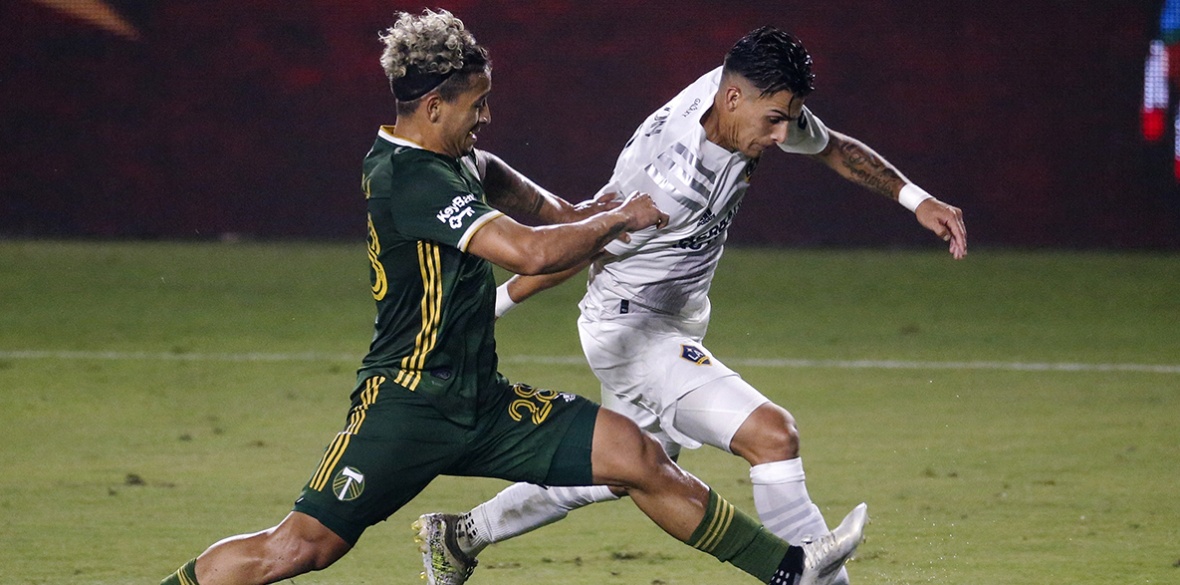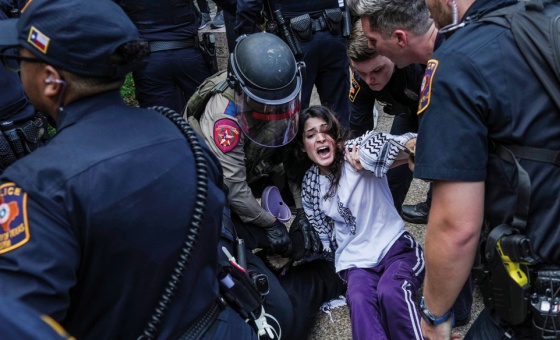This is the last article you can read this month
You can read more article this month
You can read more articles this month
Sorry your limit is up for this month
Reset on:
Please help support the Morning Star by subscribing here
THE 2021 Major League Soccer season will kick off on April 17 after the league and the MLS Players Association (MLSPA) came to an agreement in their latest round of labour negotiations.
The new collective bargaining agreement (CBA) runs until the end of the 2027 season, and the league’s offer of no pay cuts or reduction in bonuses would have been the key leverage in getting players to agree.
These new negotiations raised the prospect of a lockout, or player strike, ahead of the 2021 season. But many players could not afford to be without the certainty of being paid in full for their work in these uncertain times.
League staff, club staff and players managed to complete the 2020 MLS season admirably while highlighting the social issues people face across the country.
Many players made their voices heard on important political issues throughout a turbulent year in the region and especially ahead of the presidential election in the United States.
But at the end of the year, the league invoked the most recent CBA’s force majeure clause — something the players didn’t need or want after an arduous campaign, during which everyone had pulled together to give fans some soccer to watch from home.
It was a kick in the teeth for the players and their union, which had ratified the CBA as recently as June 2020. But the force majeure clause was always there for the league to use as an excuse to get back to the negotiating table during a pandemic.
CBAs are important in a closed, single-entity league such as MLS, where team owners are effectively shareholders in the league and the league owns players’ contracts.
Salary caps restrict what many players can earn, but don’t apply to designated players — up to three players clubs can sign despite their salary exceeding the maximum cap — meaning that the wage disparity between player wages in one team can be great.
This is why the MLSPA is one of the key organisations in the MLS landscape, and they have at least secured full pay and peace of mind for the players going into the new season.
Aside from salary and bonus guarantees, the players will have improved free-agency terms and there will be a steady increase in salary budget each year. It means there is the potential for pay rises, though not as sharp a yearly rise as under the previous deal.
The players are getting a number of improvements across the board, but not as much as under the previous agreement. And they have lost the right to negotiate improved terms in 2025 — terms which would almost certainly have come had they been able to open new discussions in that year.
A force majeure clause is again present in the new agreement, meaning the league could once again renege on this current deal and force the players’ union back to the negotiating table.
They won’t be able to do so until 2022, however, and will only do so if it suits them. There is no option for the players to do the same should the league go on to prosper in the coming years ahead of the 2026 World Cup in the region.
Many soccer fans in the US and Canada follow European clubs or teams from other regions of the Americas, rather than MLS sides. But the increasingly bright spotlight on North America in the build-up to a World Cup held in Mexico, the United States and Canada is expected to provide a boost to the sport in these countries in the coming years, which could benefit MLS.
It will at least draw more eyes to the league from abroad, as will the involvement of big-name part-owners such as actors Matthew McConaughey at Austin FC and Will Ferrell at Los Angeles FC and, more prominently, David Beckham at Inter Miami.
MLS was born as a result of the 1994 World Cup bid and it could boom on the back of the 2026 tournament, but the players are now locked into this current deal until 2027 rather than 2025. Imagine the leverage the players would have had in the year leading up to a World Cup on home soil.
The effect of the 2026 World Cup on MLS and domestic soccer generally in the US and Canada can be debated, but the players would certainly have been able to use it on their side in any negotiations.
Now they will have to wait for around a year and a half after that World Cup before they make a case for better pay, working freedom in the form of improved free-agency terms, and better working conditions.
The players have effectively been forced to accept this extension in order to continue being paid at their current rate — something that should be a given, not used as a bargaining chip against them.
But without strong representation, they would likely be looking at pay cuts and reduced bonuses as was mooted by the league throughout 2020, and even more uncertainty going into 2021.
As it is, the league is set to begin in April with players on full pay and a whole new set of sporting storylines ready to be written.











